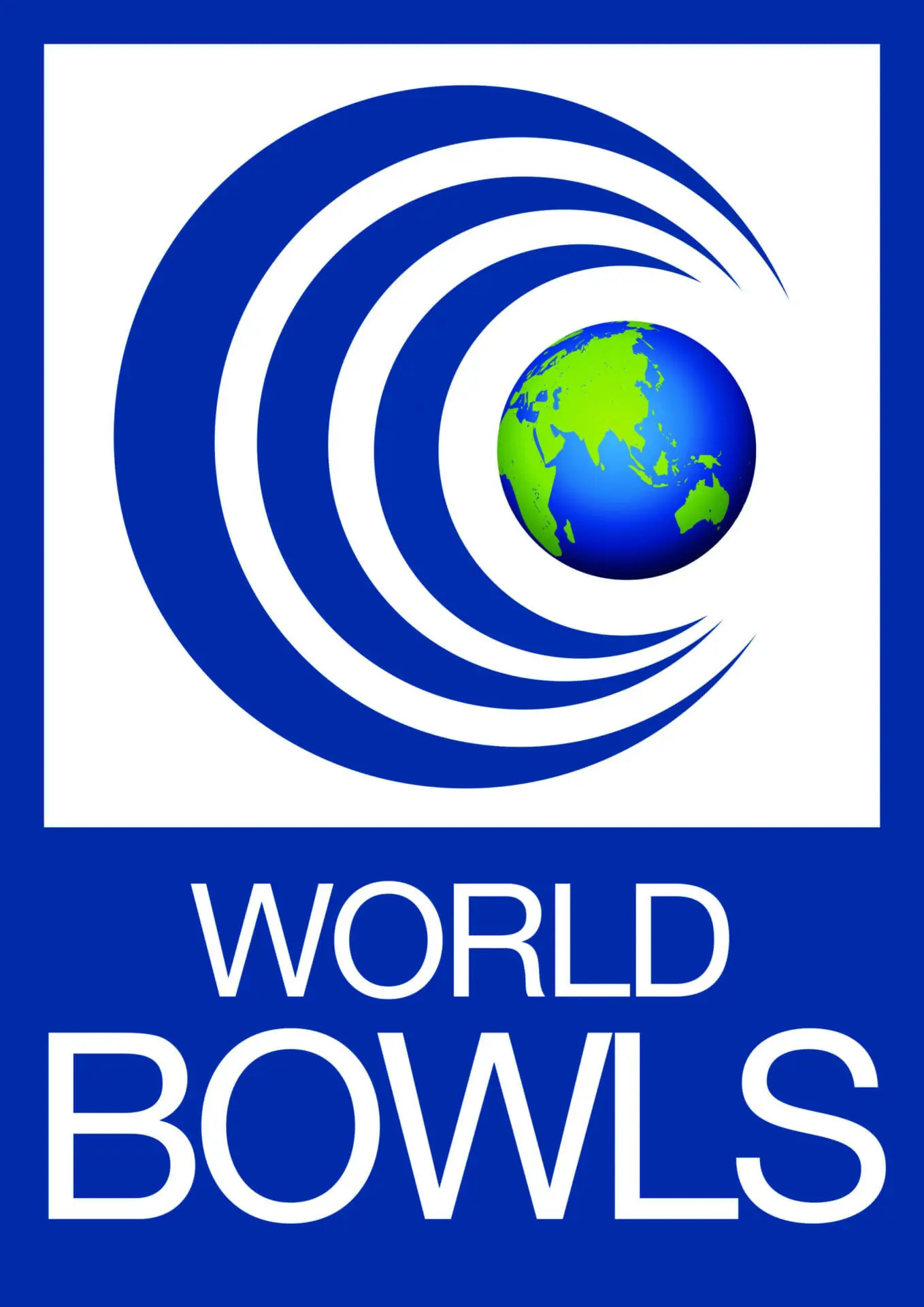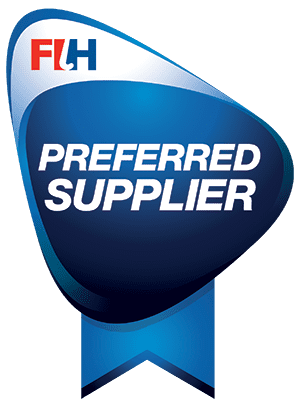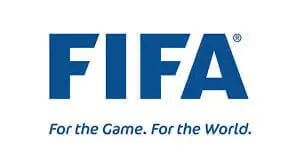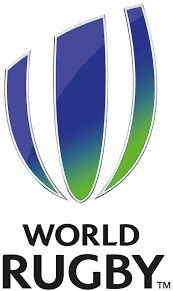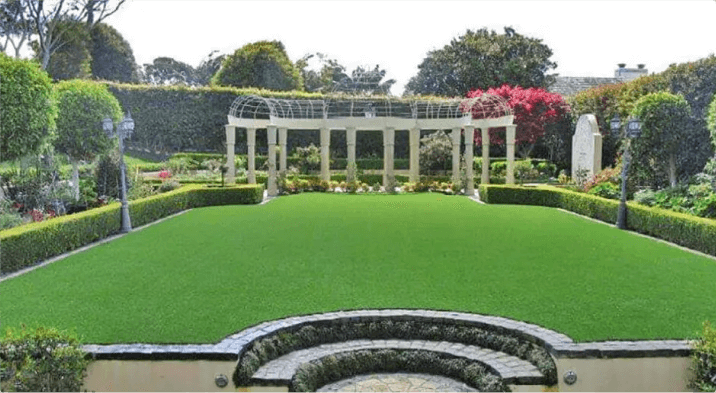
Artificial grass is often marketed as “low maintenance,” but that doesn’t mean it’s maintenance-free. Whether it’s installed at a home, school, sports facility or business, synthetic turf still requires regular care to keep it looking and performing its best.
Let’s walk through the practical steps for keeping your artificial lawn or turf clean year-round—plus tips on removing stains and odours from daily use.
It’s easy to assume artificial grass can take care of itself, especially without the burden of mowing, watering, or fertilising. But like any outdoor surface, it collects dust, organic debris, pet waste, and even airborne pollutants.
Left unchecked, debris buildup can:
Routine cleaning helps prevent those issues while preserving the turf’s vibrant appearance, performance and hygiene—especially in high-use areas like schools or sports grounds. If you want to ensure that your artificial grass surfaces are kept in their best condition to preserve its visual appeal and durability, you can get in touch with TigerTurf for pofessional artificial grass maintenance.
Most artificial turf maintenance doesn’t require anything fancy. You can get started with tools you likely already have:
Avoid using wire-bristled tools or harsh chemicals, which can damage the turf fibres or infill.
Here’s a simple but effective routine you can follow based on your artificial turf’s location and use:
Clear away leaves, twigs, and other loose debris using a leaf blower, plastic rake, or gloved hands. This prevents buildup and helps maintain airflow through the turf’s drainage layers.
Use a hose to lightly rinse your turf every week or two, especially in dry or dusty environments. This removes pollen, pet dander, and pollutants that might dull the surface or trigger allergies.
Over time, synthetic blades may flatten under foot traffic or furniture. Use a stiff (but not metal) broom or brush to lift and fluff the turf fibres, brushing against the grain. This revives the turf’s natural appearance and helps even out any infill distribution.
If you have dogs, pick up solid waste as soon as possible and rinse the area with water. For urine, rinse frequently and spray with a pet-specific turf cleaner or diluted vinegar to prevent odour. Our pet turf solutions are built to handle it—but regular care still goes a long way.
Life happens—spills, mud, or even chewing gum can end up on your turf. Here’s how to handle common issues:
Blot up excess liquid, then scrub the area with a cloth dipped in warm water and a mild detergent. Rinse thoroughly to avoid residue.
Apply an ice pack to harden the gum, then gently scrape it off with a plastic putty knife. Avoid metal blades that may damage fibres.
Use a small amount of mineral spirits on a cloth, gently dab the spot, and rinse well. Test in an inconspicuous area first.
Neutralise with an enzyme-based cleaner designed for artificial turf. Sprinkle baking soda for added deodorising power, then rinse.
Artificial grass is built for resilience—but a little maintenance goes a long way. Whether you’re managing a residential lawn, a school field, or a large sports facility, keeping your turf clean helps protect your investment, ensures optimal performance, and keeps the space safe for everyone using it.
Looking for turf that’s as easy to maintain as it is to enjoy? Explore our full range of artificial grass solutions or contact the TigerTurf NZ team for advice tailored to your surface.

